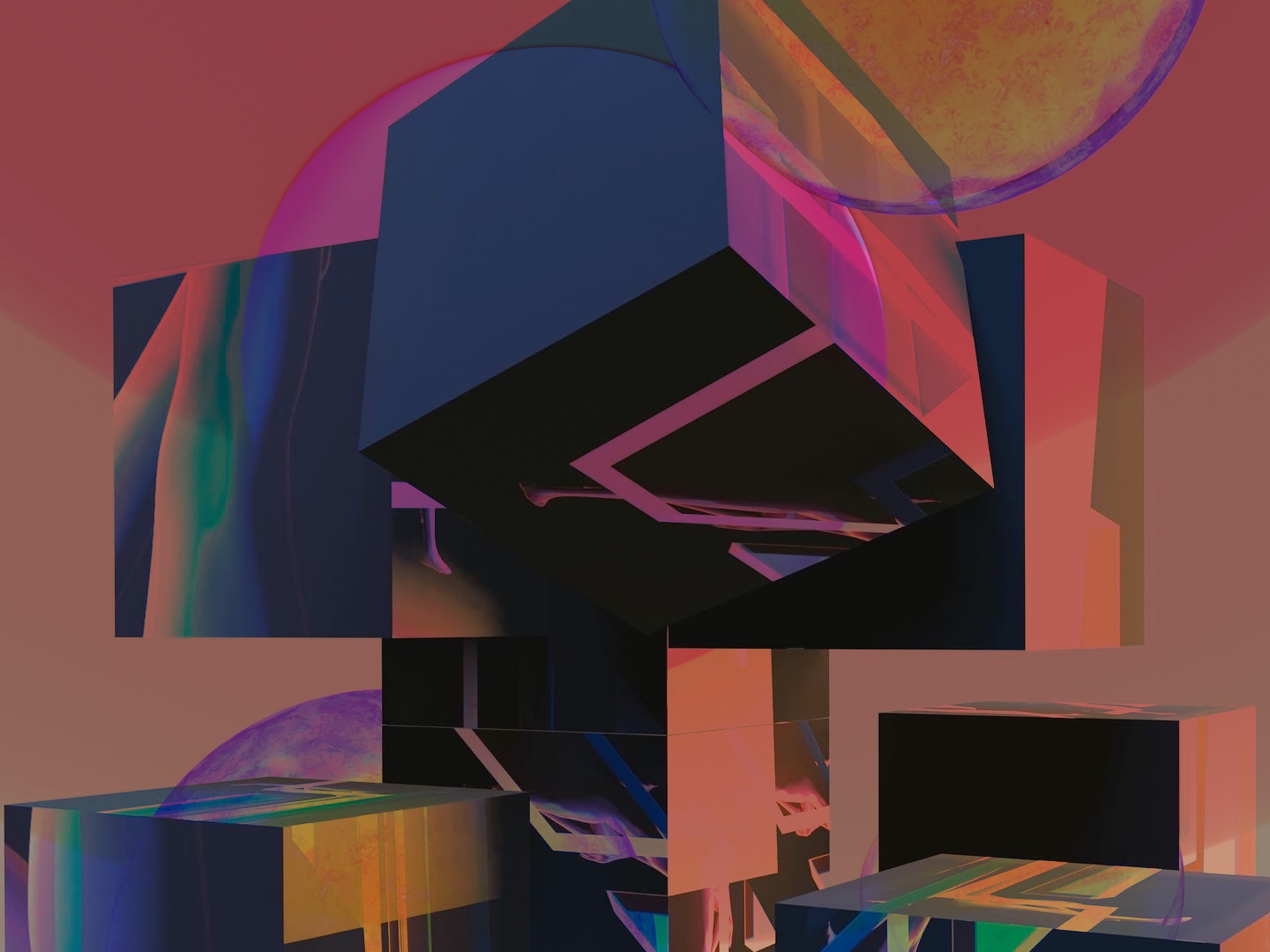A 2020 report clocked the total value of the tokenized item market at over $18 billion USD, a large figure considering the relatively short time that tokenized items have been mainstream. Brands and businesses have clearly taken note of the growth potential that tokenizing items can bring, but penetrating the market without direction can be a costly disaster.
Instead of scrambling for a strategy, tokenization services give brands an accessible pathway to tokenizing and leveraging their items through partnership. However, brands must first vet a variety of tokenization services to determine which partner can deliver the security and scale necessary for success.











